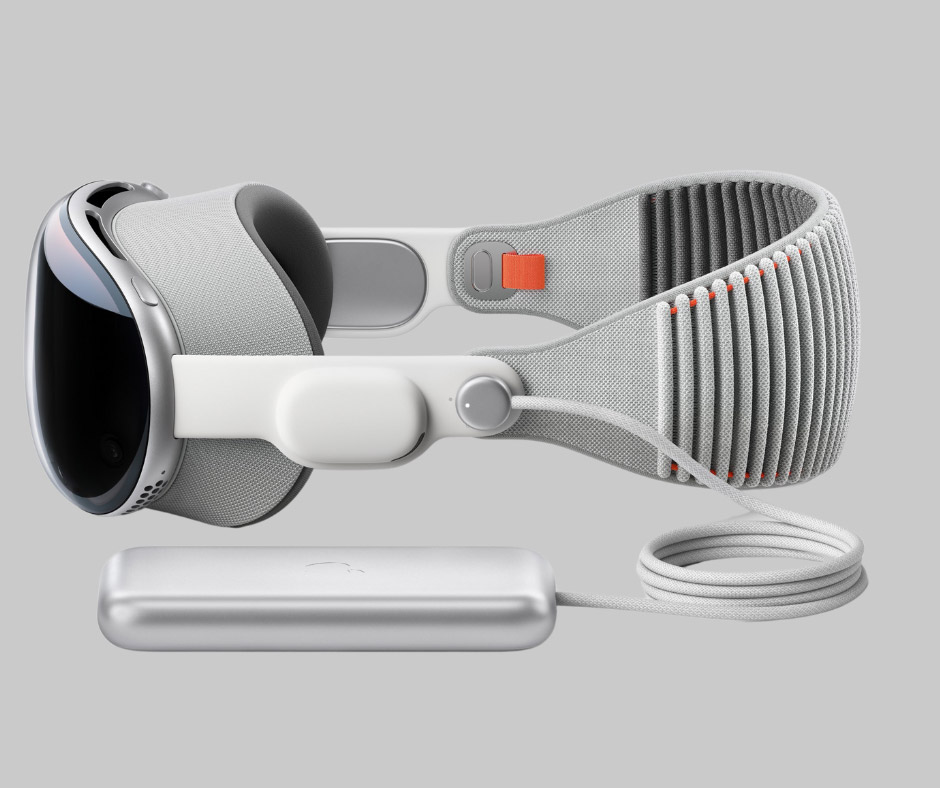Apple’s foray into spatial computing with the Vision Pro headset has been met with a blend of awe and skepticism since its global rollout. Touted as a revolutionary device that merges the digital and physical worlds, the Vision Pro’s international debut has sparked diverse reactions, highlighting both its groundbreaking features and notable shortcomings.
The Vision Pro, priced at $3,499, is Apple’s ambitious attempt to redefine personal computing. Equipped with dual 4K micro-OLED displays, the device offers an immersive experience, allowing users to interact with digital content in their physical environment. Its eye-tracking and gesture recognition capabilities eliminate the need for traditional input devices, positioning it as a pioneer in the realm of mixed reality.

Apple emphasizes the Vision Pro’s potential across various domains, from entertainment and gaming to productivity and education. The device supports a range of applications, including immersive video streaming, spatial photography, and virtual collaboration tools, aiming to cater to both consumers and professionals.
Following its initial release in the United States, Apple expanded the Vision Pro’s availability to several countries, including the United Kingdom, Japan, and the United Arab Emirates. The international launch was met with enthusiasm, with tech enthusiasts eager to experience Apple’s latest innovation firsthand.
However, the excitement was tempered by practical concerns. Many users reported discomfort due to the headset’s weight, which ranges between 600 to 650 grams. Extended use led to issues such as pressure on the face and neck strain, prompting some to question the device’s ergonomics. Additionally, the Vision Pro’s battery life, averaging around 2.5 hours, was seen as insufficient for prolonged sessions.
While the Vision Pro boasts impressive hardware, its software ecosystem has faced criticism. At launch, several major applications, including Netflix and YouTube, were absent from the platform, limiting its appeal to mainstream users. Apple’s proprietary visionOS, though innovative, was described by some reviewers as lacking in intuitive navigation and multitasking capabilities.
Moreover, the device’s reliance on Apple’s ecosystem raised concerns about accessibility and compatibility. Users noted challenges in integrating the Vision Pro with non-Apple devices and services, potentially hindering its adoption among a broader audience.
Despite the initial hype, the Vision Pro’s sales have reportedly fallen short of expectations. Apple’s production rates were adjusted in response to tepid demand, with reports indicating a reduction from 2,000 units per day to 1,000. The company also revised its sales projections, scaling back from an anticipated three million units to approximately 900,000.
In light of these developments, Apple has signaled a strategic pivot. Plans for a second-generation Vision Pro have been shelved in favor of developing a more affordable model, aiming to broaden the device’s market appeal. This move reflects Apple’s recognition of the need to balance innovation with practicality and consumer demand.
The Vision Pro represents a bold step into the future of computing, showcasing Apple’s commitment to pushing technological boundaries. While the device’s initial reception has been mixed, it has undeniably sparked conversations about the potential of spatial computing. As Apple continues to refine its approach, incorporating user feedback and addressing current limitations, the Vision Pro may yet fulfill its promise of transforming how we interact with the digital world.
For more insights into emerging technologies and their impact on society, stay tuned to Glorify Times.







